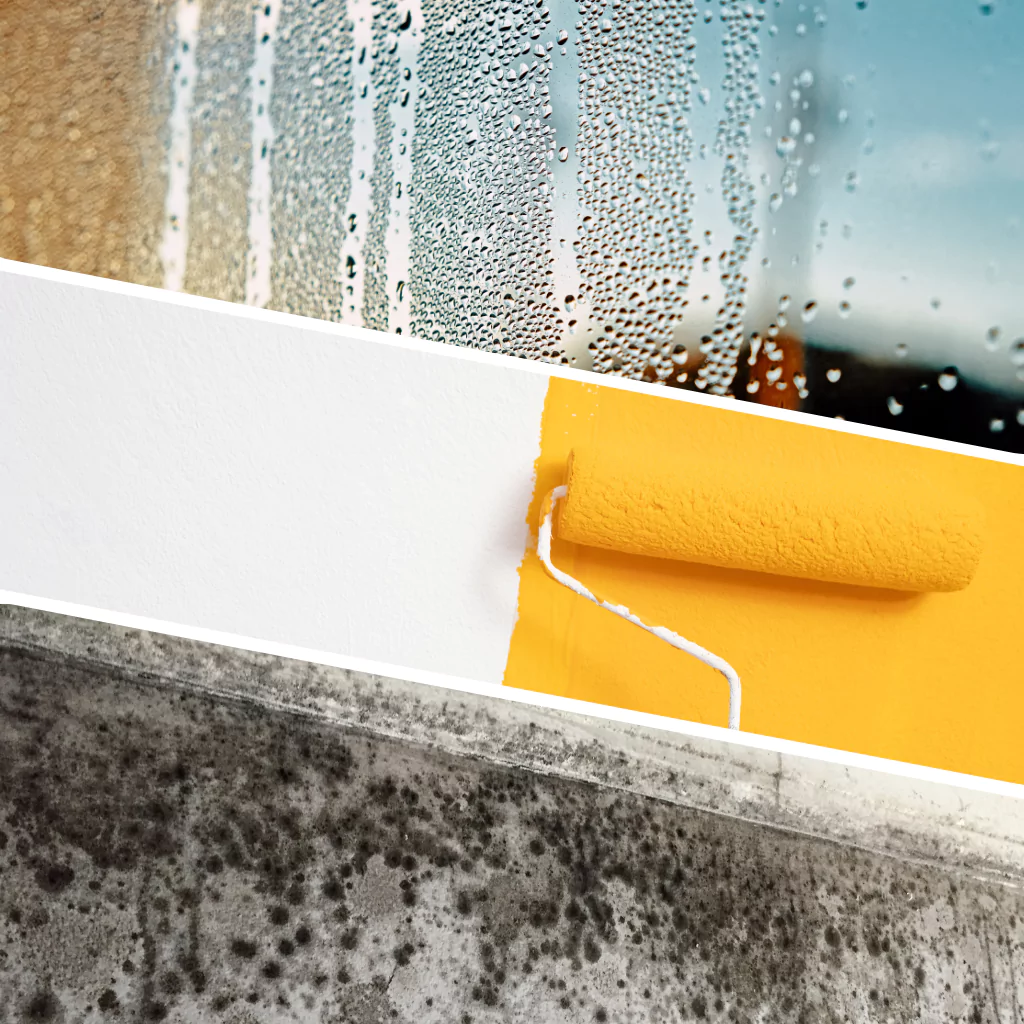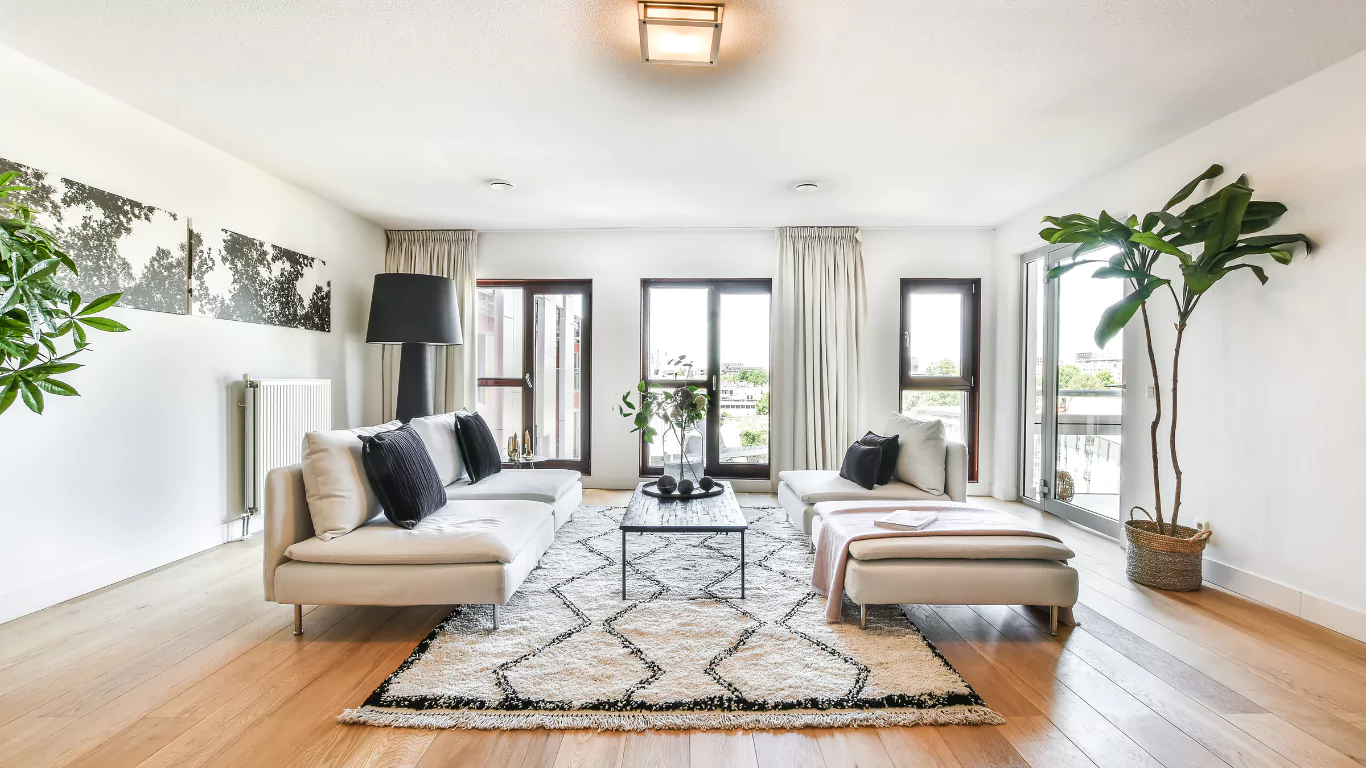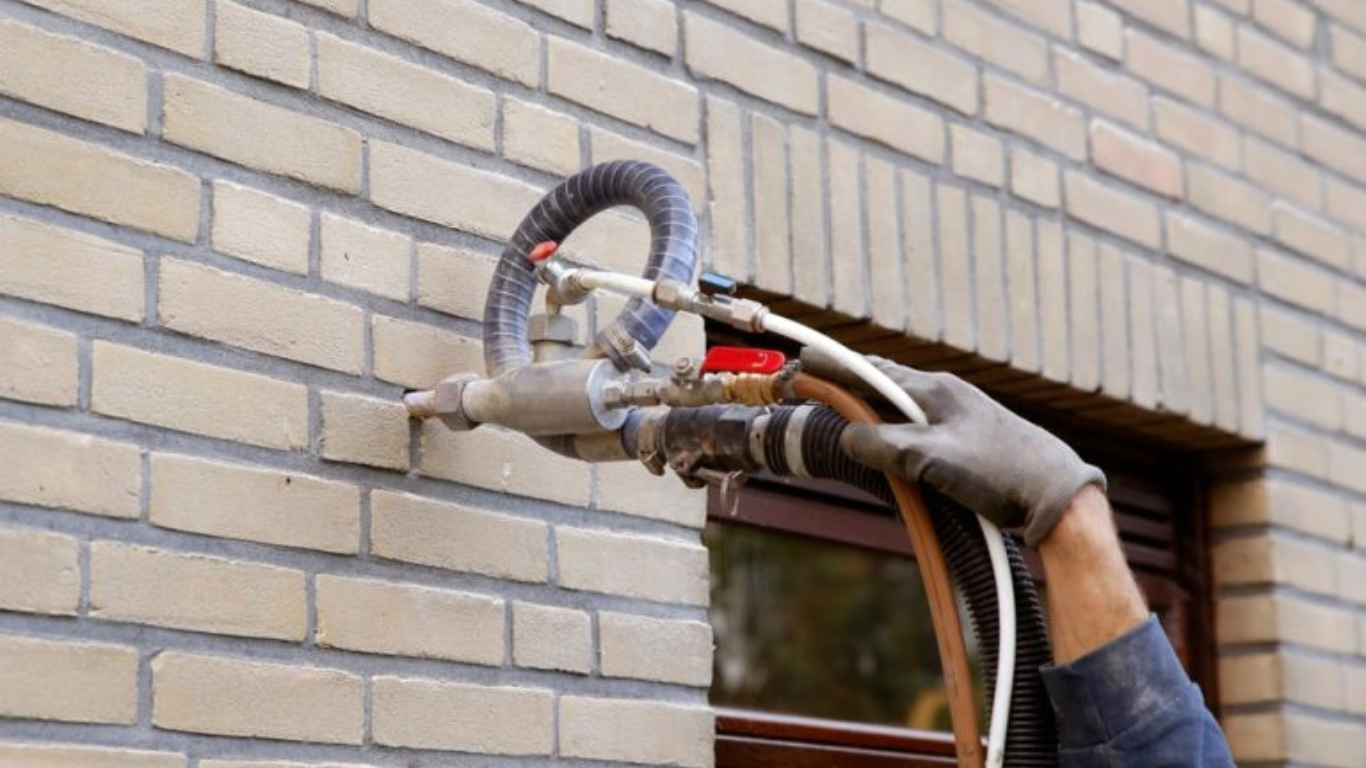
What is Mould?
What causes mould on walls?
Condensation
Damp
Damp is a common problem that can affect buildings, causing mould, rot, and structural damage. This condition can most commonly be found in two types of ingress, rising and penetrating.
Rising damp is a type of dampness that occurs when ground moisture ascends through porous building materials, such as brick or masonry walls. This upward movement of water is typically caused by capillary action, where the water is drawn into the small spaces within the building materials against the force of gravity.
Penetrating damp is a form of dampness that occurs when water infiltrates a building from the outside. Unlike rising damp, which typically originates from the ground, penetrating damp results from water entering through walls or roofs due to external factors. Common causes include defects in the building’s structure, such as cracks in walls, faulty roofing, damaged gutters, or poorly sealed windows and doors.

What is Anti Mould Paint?
Definition of Anti Mould Paint
Benefits of Anti-Mould Paint
Mould Prevention
Damp Resistance
Anti mould paint forms a protective barrier on painted surfaces, which can help prevent moisture from penetrating into the underlying substrate. By creating a moisture-resistant barrier, anti-mould paint reduces the likelihood of water ingress, which is a common cause of dampness in walls and ceilings.
Most paints are scrubbable due to the water-resistant protective barrier, condensation can be wiped off. You may find that in areas of high humidity, such as the bathroom or kitchen, that water droplets tend to run instead of adhering to the wall’s surface.
Long-lasting Protection
It can provide long-lasting protection against mould, helping to prolong the lifespan of painted surfaces. With proper maintenance and care it can continue to effectively inhibit mould for several years after application.
Common problems with Anti Mould Paint
Limited Application
Not a solution for existing mould
Environmental Implications
Some anti-mould paints contain chemicals and biocides that may have environmental implications. These additives can leach into the surrounding environment over time, potentially causing harm to ecosystems.
Requires Regular Maintenance
It does require regular maintenance to remain effective. Over time, the effectiveness of the additives may diminish, requiring re-coating or touch-ups to maintain protection against mould . Most paints last for a period of 5 years, after this point it may need to be reapplied to ensure the prevention of mould.
May not be cost-effective
This solution tends to be more expensive than standard paint due to the inclusion of mould-inhibiting additives. The higher cost may deter homeowners from using it, especially for larger projects.
Correct application methods
The effectiveness relies heavily on proper surface preparation and application. Failure to follow manufacturer guidelines may result in reduced efficacy and compromised protection against mould.
Microbial Resistance
Like other antimicrobial products, there is a risk of mould developing resistance to the active ingredients over time. This could potentially reduce its long-term effectiveness in preventing mould.
Not a Comprehensive Solution
While it can help inhibit mould growth on painted surfaces, it is not a comprehensive solution for mould prevention. Addressing underlying moisture issues, improving ventilation, and maintaining a clean environment are also essential components of mould prevention strategies.

So does it work?
So, does anti-mould paint actually work? The answer is yes, but with some caveats. It can help inhibit mould growth on painted surfaces when used correctly and in conjunction with proper moisture control measures. Homeowners should approach mould prevention holistically, addressing underlying moisture issues and implementing proper maintenance practices. While it can be a valuable tool in the fight against mould, it is just one piece of the puzzle in creating a healthy home environment.
However, it can’t be stressed enough that anti mould paint is not a solution to existing mould problems. Mould must be remediated before any mould prevention measures are put in place.
Anti-mould paint FAQs
Can I paint over mould with anti mould paint?
How long does anti mould paint last?
How do you treat mould before painting?
In most cases, professional mould remediation services would be required to identify the root cause of the mould issue. Treating the affected area may initially remove visible mould, however without addressing the cause (leaks, condensation or damp) the mould would most likely return. Therefore, seeking professional help would be the best course of action before any mould prevention measures are put in place.
Is anti mould paint toxic?
Most paints are non-toxic. As they have similar properties to emulsion paint, for normal use they are safe for people to come into contact with. However, be aware that prolonged exposure to the fumes can be unpleasant so it is recommended to allow good ventilation in rooms where it is being applied.
Does anti mould paint additive work?
Yes, anti mould additives contain the same active components as mould resistant paint however it can be added to any desired shade of paint.
Does anti mould paint work if you paint over it?
No, anti mould paint contains a biocide that protects and painting over the layer will prevent the active components from working effectively.
Can you use anti mould paint on wood?
Unfortunately not, these types of paints cannot be effectively used on woodwork such as skirting boards. Instead, a primer should be used to cover these areas.




